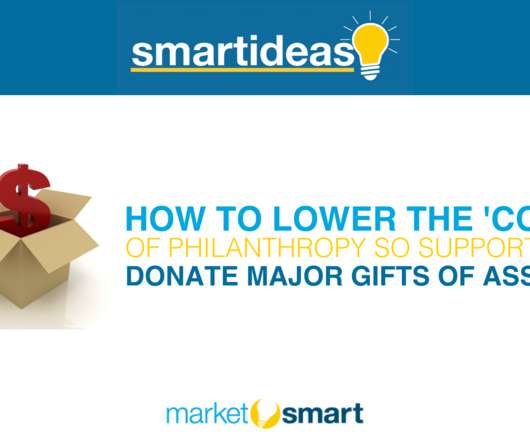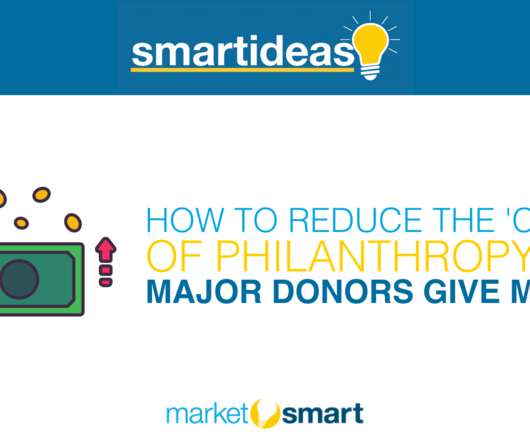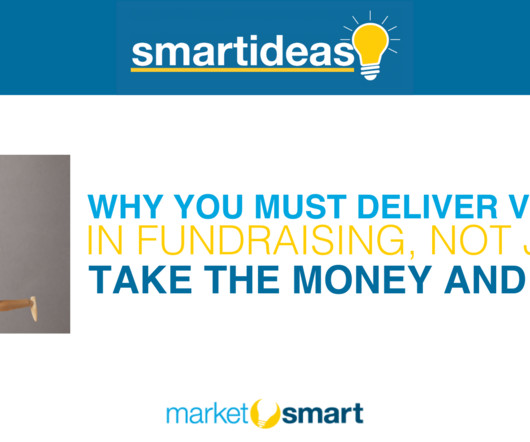How To Use Numbers To Inspire More Giving (and How You Should NOT Use Them)
iMarketSmart
MARCH 27, 2022
It’s called behavioral finance. Waking up the math or finance side blocks the social emotion side. In experiments, reminding people about money or finances reduces: Charitable giving [10]. Numbers, math, and finance can be a problem. Organizational Behavior and Human Decision Processes, 97(2), 106-116.














Let's personalize your content